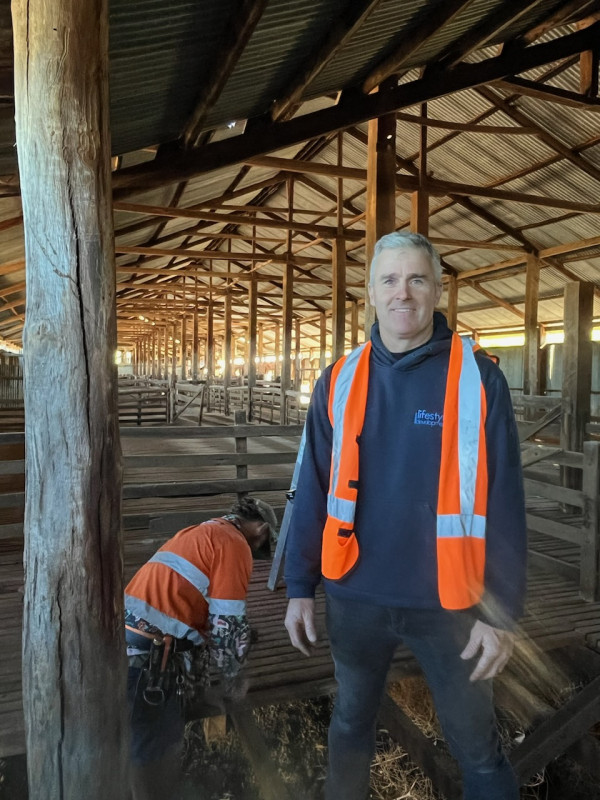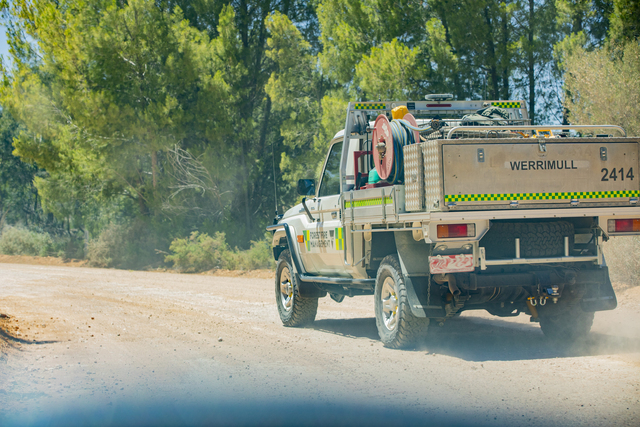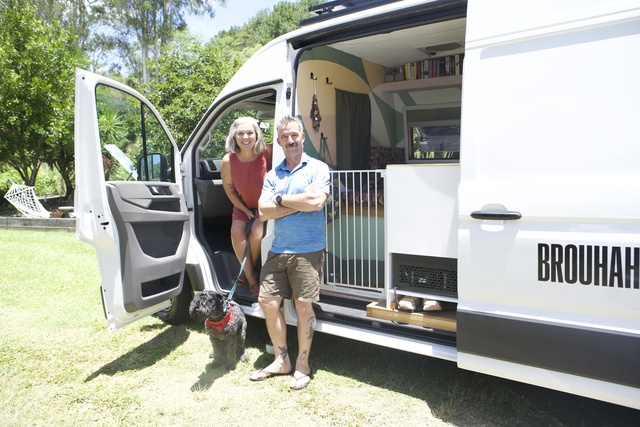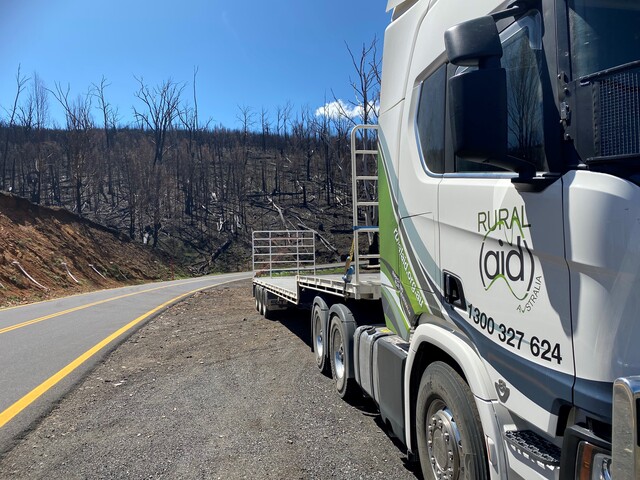NEW data has revealed construction costs have stabilised since the COVID pandemic explosion – but it comes amid a sobering warning that the cost of building a new home is about to soar again.
Leading property data analyst Corelogic’s Cordell Construction Cost Index shows a flattening out in the cost of building a typical home.
But it comes as fewer people are splurging on their dream property, with dwelling approvals hitting a 12-year low across regional Victoria in January.
The annual change in the CCCI eased to 2.8 per cent, the smallest rise since the year to March 2007 (2.7 per cent) and well below the pre-COVID decade average (4 per cent).
CoreLogic economist Kaytlin Ezzy said while construction costs had continued to ease from the highs in 2021-22, price levels remain elevated.
“The strong fluctuations seen in building material costs over the past few years have levelled out and are now within normal margins,” Ms Ezzy said.
“No clear trend was seen in timber or metal materials, with price changes normalising.
“But current building costs are still 27.6 per cent higher than at the start of the pandemic, which is likely putting significant pressure on builder’s profit margins.”
A Sunraysia master builder yesterday warned the easing of construction costs would only be temporary.
Luke Tierney, who runs Sunraysia Lifestyle Developments, said that when the new energy-rating compliance system came into effect in Victoria from May 1, “the cost of building a new home will go back up”.
Victoria has agreed to increase minimum energy efficiency building standards for new homes from 6 to 7 stars under changes to the National Construction Code 2022.
The changes add a new whole-of-home energy-use budget that includes fixed appliances such as heating and cooling, hot water and lighting.
The government says it will make homes cheaper to run, more comfortable to live in and more resilient to extreme weather.
But Mr Tierney said the additional costs of building a new home would make it tougher for people to get a foot into the housing market.
“Yes, houses will be cheaper to run, but it’s going to cost you more to get into the market,” he said.
“The new compliance measures will see cost increases around windows, where the majority of houses will be double glazed, and insulation, which will need to have higher energy ratings.
“Insulation comes in ratings that they call R5s and R6s, and you’ll have to use the thicker installation bats.”
Mr Tierney said his business – which specialises in custom builds – was “travelling really well” ahead of the energy-rating changes.
His small team is working on a restoration of the woolshed at Yanga National Park, near Balranald.
Work is expected to be completed by July.








